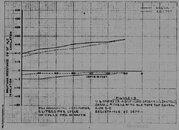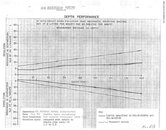The bubbles are a result of a HP leak from the seat. Either the seat is bad or the volcano orifice is damaged/worn and that is as I said earlier--BAD. There should be no leakage, no stream of bubbles, none. You might breath on it some and let the seat and volcano orifice find home. If it does not settle in and stop leaking, like I said, is that a new seat? If it is a new seat, is the volcano orifice dirty or with verdigris? Is the volcano orifice edge sharp and clean, look at it with a 10X loupe. It should be smooth with a slight radius where it mates/to the seat.
Sometimes, if a new seat does not cure the leak, you can take rouge on a pencil eraser and twirl it gently on the volcano orifice to refinish the sealing surface. There are other more aggressive and increasingly less desirable methods that can be employed but first, make sure you have a new seat and let it settle in with some pool time.
The screeching and honking result from possibly your hooking it up to 3,000 psi??? If so that could also explain the bubbles. The Mistral was never intended for much over 2,250 psi and is really more appreciative of you if you limit it to less than that.
The single stage regulators, which the Mistral is, reduce tank pressure to ambient in one step, there is no intermediate pressure. The powerful venturi action is quite noisy and is one of the dead give aways that you are not on a two stage unit. The venturi makes a jet sound when you breath.
Also, just a little warning, do not, place your lips over the outlet horn on the can and take a nice big breath. This is a good way to blow your lungs out your rear end and I am being very SERIOUS.
N







